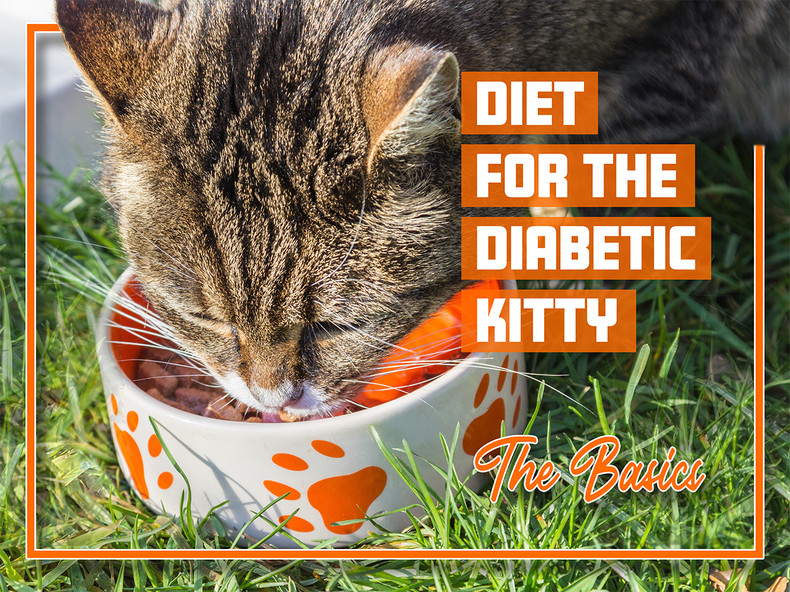Diet for the Diabetic Kitty - The Basics
So, what should you be looking for in food? Low carbs with higher protein and fat. Pet food has a “Guaranteed Analysis” label which unfortunately is more “guess-timate” than the product labels on human food. This label is also usually insanely small, so bring you’re the cheater glasses when shopping for food the first few times! This is a start, but the amount of carbs is not listed which is very important for kitty especially in the beginning as we are trying to get those sugars stabilized. There is a calculator available here. There is a section on calculations for various cat foods and also fill-in fields you can use while shopping to help make the best choice for your kitty.
What if I just keep kitty on their regular diet and treat with insulin? You could, but kitty is not going to get any better and you are risking common health problems in the diabetic cat such as pancreatitis and kidney problems – neither of which is pain-free or comfortable for you or your fur baby.
What About Treats? There are pure protein treats like freeze-dried chicken and other similar items. Remember to buy a small amount if your cat has never tried them, as they might love them or they may give you that look of horrified betrayal now that you have switched up their favorite treats.
Can’t I just buy grain-free foods? It’s probably not the best idea. While grains can contribute to carb load, there is also potential for hidden carbs in your kitty’s food. All foods should be approached by doing the label-reading, research work. A lot of help is available on the Feline Diabetic Support Group on Facebook, especially if you have questions regarding a specific brand or type of food.
What are these hidden carbs you are talking about? The bigger ones that you’re most likely to see in ingredient lists include potatoes, peas, pea starch, tapioca, and rice flour. If kitty also has a sensitive tummy, I would recommend avoiding wheat gluten as well, where possible.
This is so overwhelming! Is there an easier way? Yes. There is a wonderful site call CatInfo that has a nice PDF on the different food brands. Someone took the time and CALLED food manufacturers individually for the information! That is a great starting point. Try to get small amounts of your kitty’s new food, as it can be hard to tell if they will love it or if they are going to think you’re trying to kill them! (We know you’re not, you know you’re not, but some kitties know what they like and you’re going to seem evil for changing things up on them). The other advantage to getting small amounts of a variety of foods is that every kitty’s body reacts to food differently. This is a great chance for you to find which foods your cat specifically reacts well to, both with appetite and blood sugar changes after each meal. It takes a bit of work, but it will get easier over time, and our main goal is getting your kitty into remission!
In conclusion, when in doubt, test. If you gave kitty a food and they are acting ill or just abnormal, it is okay to test them to see where they are. All kitties are unique, and some cats are going to take better to some food-insulin combinations better than others. It is a lot of trial and error, but as you find the foods that fit your kitty best and get into the routine of giving insulin and testing, it will get a lot easier. You and your kitty will be feeling better in no time!

